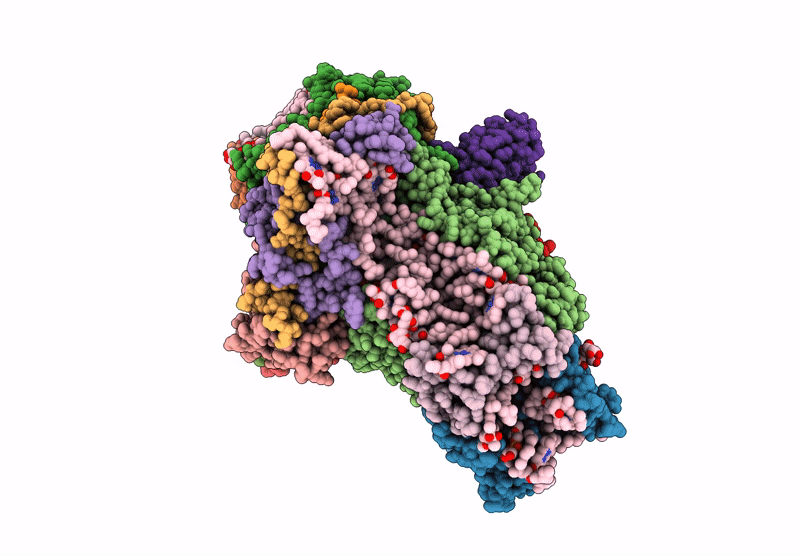
Deposition Date
2020-07-07
Release Date
2021-06-16
Last Version Date
2025-04-09
Method Details:
Experimental Method:
Resolution:
2.74 Å
Aggregation State:
PARTICLE
Reconstruction Method:
SINGLE PARTICLE


